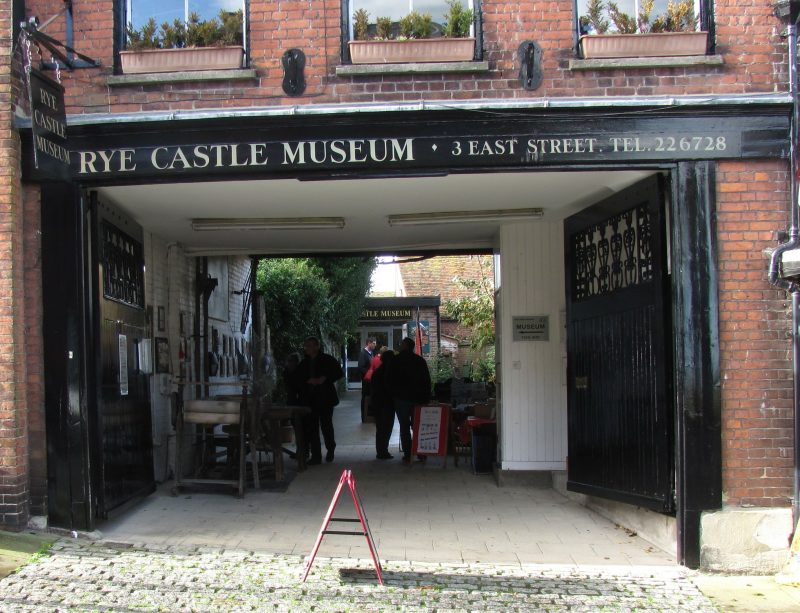Impressive, memorable and enjoyable are not words naturally linked with AGMs but they can truthfully be attached to aspects of the Rye Museum Association’s AGM on Thursday, July 27, in particular the Chairman’s report, the follow-up talk by Dr Geoffrey Mead on Aspects of the South Downs National Park, and the chance, over wine and nibbles, to share memories triggered and ideas for further events with other members.
A packed year
Our indefatigable chairman, Jo Kirkham, romped through a packed recall of the year’s many achievements and events which left the audience wondering how so much could be accomplished by an organisation dependent on volunteers and donations for so much of its work. A listing of the scores of regulations, investigations and documents now required to meet national health and safety, legal and insurance standards elicited not only amusement but awe as we realised the hours of work by dedicated officers and helpers and the pages of completed forms required to “tick all the boxes” and keep our top accreditation rating. Triggering memories and increasing the pride and awe was a quick review of some of the year’s projects and activities – the popular talks series; children’s craft and adult cakes-and-curiosities afternoons; coffee mornings, fairs and parties; preparing, arranging and cleaning display cases; producing a Journal; organising a medieval conference of national interest; contributing to the Rye Arts Festival — all in addition to the daily stewarding at our Ypres Tower and the weekend openings plus events at our East Street Museum. Many – most? – of those in the room had helped make all these things happen and are likely to have been inspired to do more.
Visit the South Downs

While most in the audience have some familiarity with the South Downs fewer knew much of the story behind its becoming the South Downs National Park, a fascinating tale briskly told with pertinent illustrations by geographer and Rye Museum Trustee Dr Geoffrey Mead of Sussex University. The idea of a South Downs National Park goes back to the 1920s, when public concern was mounting about increasing threats (e.g. ploughed fields and speculative housing development) to the beautiful downland environment, yet it was the last of the 12 national parks to be officially designated as such – in 2011. Stretching 87 miles across southern England, it includes both distinctive chalk downland and a diverse landscape of densely wooded hills and vales, as well as important rivers, settlements and burial sites dating back over 5,000 years, mixed farm land, coastal habitats, special treats for nature lovers, and museums. It is a story of changing attitudes too – fear of the “dangerous wild” being replaced by love of the countryside, thanks to the coming of railways, time and money enabling easier travel (and escape from London), cycling and walking clubs, and Ordnance Survey maps. The South Downs Way, a trail for thousands of years, is safely contained within the Park, passing through an extraordinary range of contrasting views and habitats appealing to – and encouraging interest in – geology, history and varied wildlife. Our speakers are known for stimulating both local exploration and research.
Know your Rye Museum(s)
You can find out what the Rye Museum Association is and does and how to join on its website. Be sure to check the Coming Soon page, to,o if you would like to volunteer to be a steward or lend your time and skills to some aspect of the Museum’s work – creating displays, delivering posters, researching local history, writing/editing for our website, or assisting with children’s activity days. Please do get in touch!
Photos: Rye Museum



